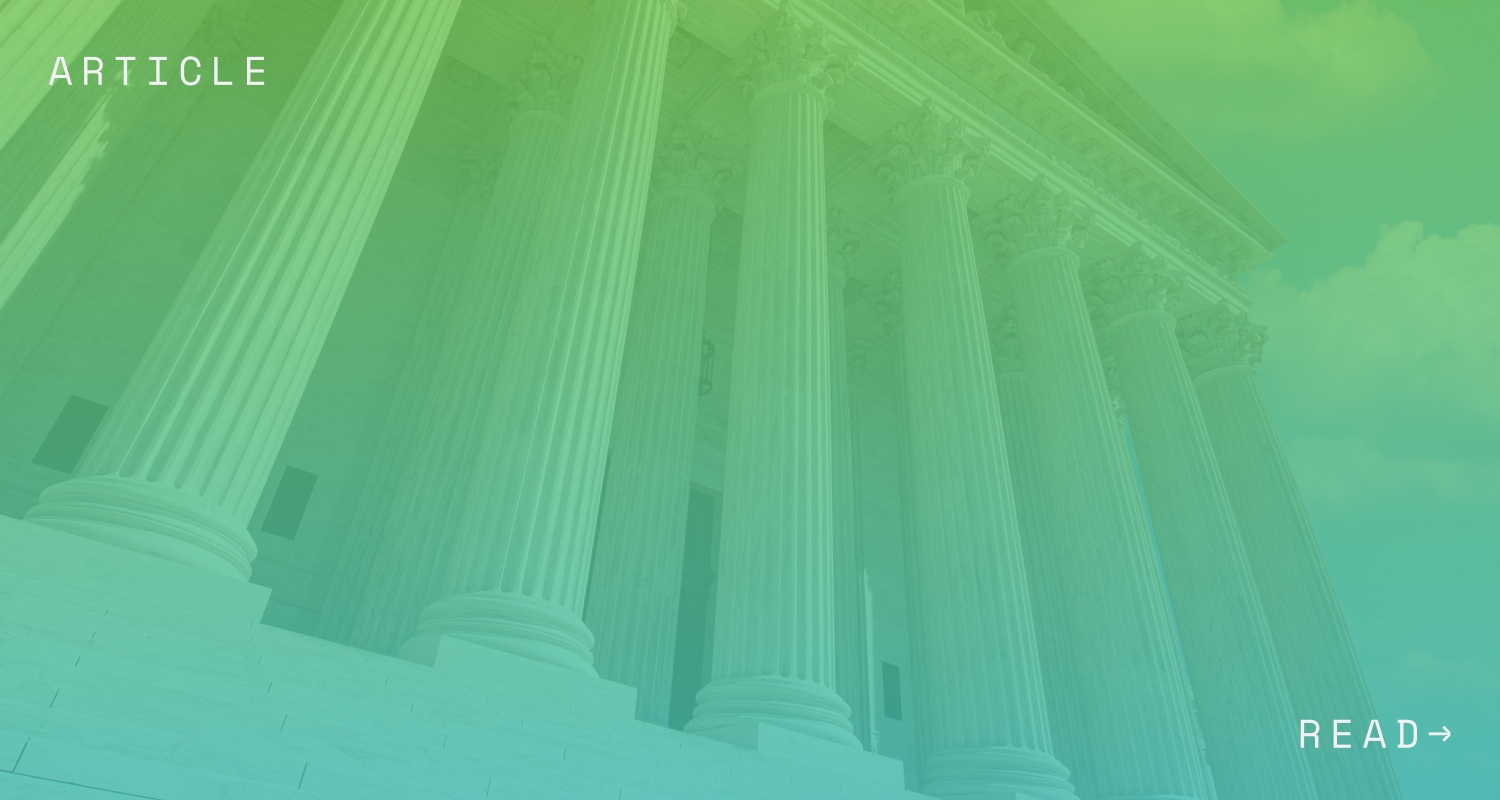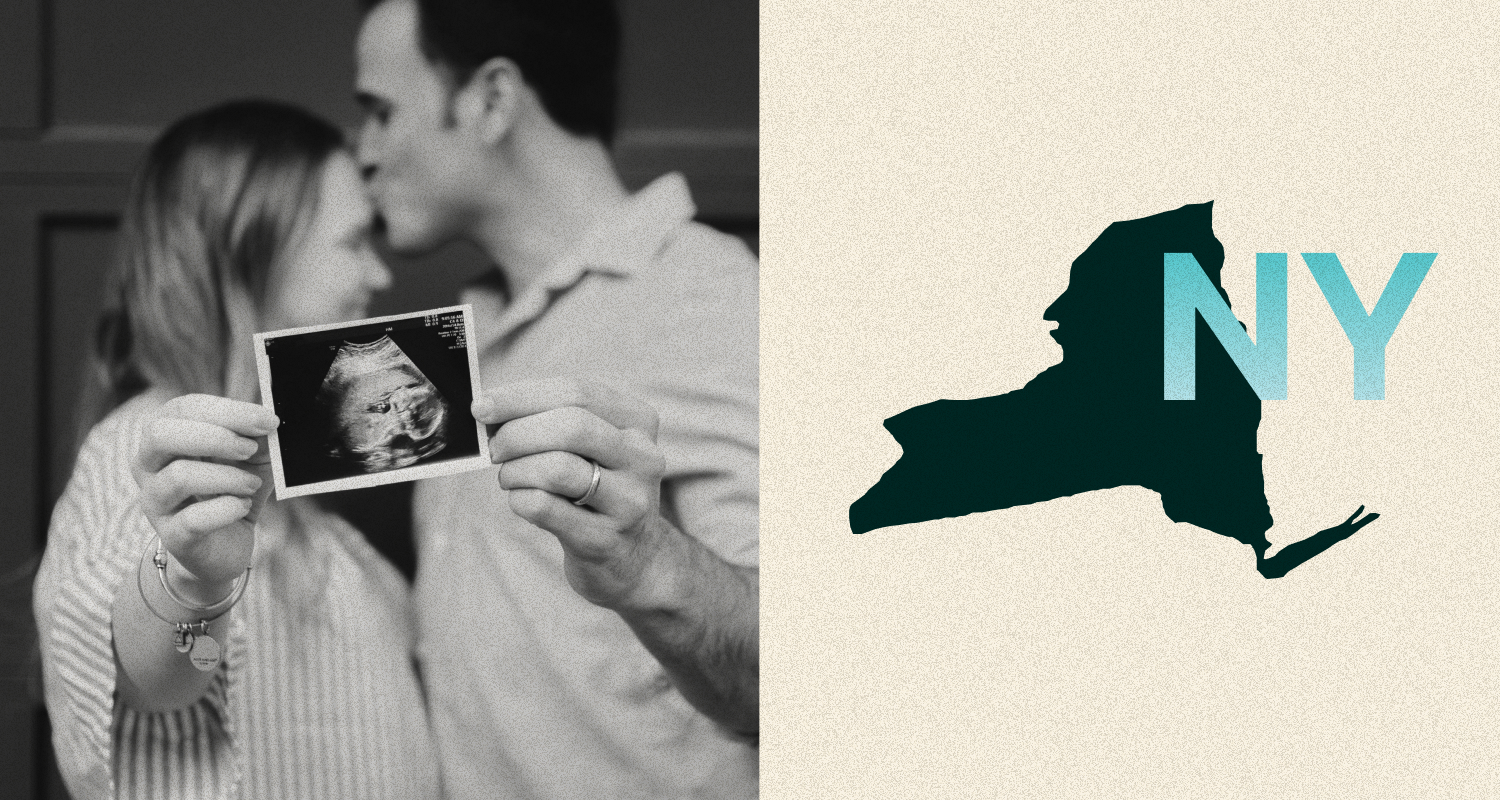On September 17, 2020, Governor Newsom signed Senate Bill 1383 (“SB 1383”) which expanded the California Family Rights Act (“CFRA”) and repealed the existing New Parent Leave Act (“NPLA”). We will be referring to these legal changes as the “new CFRA” throughout this article. The expanded provisions will go into effect on January 1, 2021.
Background of the CFRA & NPLA:
CFRA
- Required employers with 50 or more employees within a 75-mile radius provide up to 12 weeks of unpaid leave during each 12-month period for purposes of family and medical leave
- The leave could be taken because of the employee’s own serious health condition, to care for specified family members facing medical challenges, or to care for a child
- Eligible employees must have been employed for at least 12 months and have worked at least 1,250 hours in the 12-months prior to taking leave.
NPLA
- NPLA required employers with 20 or more employees within a 75-mile radius to provide 12 weeks of unpaid, protected leave to bond with a new child;
- Eligible employees must have been employed for at least 12 months and have worked at least 1,250 hours in the 12-months prior to taking leave.
Summary of the “New CFRA” Key Changes:
- Expands the CFRA requirements to employers with five or more employees nationwide
- Incorporates the NPLA baby bonding requirements into the CFRA framework that will now apply to employers with five or more employees
- Expands the definition of “family member” for whom employees can take leave to care for
- Allows parents who work for the same employer to both be allowed 12 weeks of baby bonding leave
- Eliminates the availability of the “key employee” exception to CFRA’s reinstatement rules (which previously permitted an employer to refuse reinstatement for a top 10% salaried employee on the basis of economic hardship to the employer’s operations).
Who is Covered by the New CFRA Requirements as of January 1, 2021?
The new law expands the CFRA requirements to apply to private employers with five or more employees and eliminates the requirement that employees work within 75 miles of the worksite to be counted.
- This means that covered employers (those with at least five employees nationwide) must provide an otherwise eligible employee with up to 12 weeks of unpaid, job-protected leave during any 12-month period for certain qualifying reasons.
- Employer note: Employers with less than 20 employees within a 75 mile radius were previously not required to provide “baby bonding” leave. Now that the new CFRA applies to employers with more than five employees, the NPLA is redundant.
Does the New CFRA Change the Eligibility Requirements Under CFRA?
No. Employees must still meet the following eligibility requirements to qualify for family and medical leave:
- 12 months of service and
- 1,250 hours worked for the employer in the previous 12-month period
Must Employers Maintain Health Coverage for the Duration of New CFRA Leave?
Yes. The new CFRA legislation does not change the requirement that an employer maintain and pay for the employee’s group health plan coverage for the duration of the leave (in the same way they would had the employee not taken leave).
What are the Expanded Qualifying Reasons for CFRA Leave?
Effective January 1, 2021, leave will be available to care for a grandparent, grandchild, sibling, children (regardless of dependent status), domestic partners and children of domestic partners with a serious health condition. This is in addition to the existing CFRA framework permitting eligible employees to take leave to bond with a new child of the employee or to care for themselves or a child, parent, spouse, or domestic partner. This means that California employers with five or more employees will be required to provide job-protected CFRA leave in circumstances not previously available.
How does the Expanded Definition of “Family Member” under CFRA Interact with FMLA for Employers Covered by Both?
For employers with 50 or more employees that may also be covered by the FMLA, the expanded definition of “family member” resulting in additional qualifying leave under CFRA may create a scenario where leave under both CFRA and FMLA may not run concurrently due the mis-match of new qualifying CFRA reasons for leave. This means an employee eligible for 12 weeks of leave under CFRA may still be eligible for another full 12 weeks under FMLA in a 12-month period. For example, an employee may request and take up to 12 weeks of leave to care for an ill grandparent under new CFRA and because caring for a grandparent is not recognized as qualifying under the FMLA, the employee would remain entitled for up to 12 weeks of FMLA leave if they otherwise meet the FMLA eligibility requirements.
Does New CFRA Change the Employee Notice and Documentation Requirement?
No. An employee’s existing obligation to provide proper notice and supporting documentation for CFRA leave did not change.
Does New CFRA Change the Employer’s Notice Posting Requirement?
No. An employer’s existing obligation to post notice explaining the CFRA requirements and providing information on how to file complaints for violations of the act still stands. However, employers should review these notices and update them as necessary in light of the new CFRA provisions effective January 1, 2021.
Are there any other Significant Changes to the prior CFRA/NPLA regulations?
Yes. New CFRA also requires employers provide up to 12 weeks of unpaid, job-protected leave due to a qualifying exigency related to the covered active duty or call to covered active duty of an employee’s spouse, domestic partner, child, or parent in the Armed Forces of the United States during a 12-month period. This means that CFRA leave taken for this qualifying reason may run concurrently with leave under the FMLA, if it qualifies under both.
Employer Considerations
- Employers who previously were not covered by the CFRA should work with employment counsel to develop policies and procedures implementing and administering these new leave requirements in anticipation of the January 1, 2021 effective date.
- Employers already covered by CFRA should review and update their policies and procedures in light of the new provisions and expanded definition of “family members.”
- Employers may want to review and remove policies as they relate to the NPLA, which is now redundant.
- Employers should update internal human resources and leave administration personnel on the new CFRA regulations.
Additional Resources
- Senate Bill 1383
- California Family Rights Act
- CFRA Regulations
- CA Department of Fair Employment and Housing
Disclaimer: This content is intended for informational purposes only and should not be construed as legal, medical or tax advice. It provides general information and is not intended to encompass all compliance and legal obligations that may be applicable. This information and any questions as to your specific circumstances should be reviewed with your respective legal counsel and/or tax advisor as we do not provide legal or tax advice. Please note that this information may be subject to change based on legislative changes. © 2020 Sequoia Benefits & Insurance Services, LLC. All Rights Reserved




